As more than 200 major funders of Jewish nonprofits gathered in Phoenix this week, most of the signs of the economic carnage of the past 18 months appeared to be waning.
They came for the annual conference of the Jewish Funders Network, held Sunday through Tuesday at the Arizona Biltmore Hotel. The meeting was accompanied by a general sense that financial markets had stabilized and, with them, charitable giving. Many coming off difficult years appeared optimistic.
“We certainly hit a low tide, but I am not gloomy and pessimistic,” Evan Schlessinger, former chairman of the now-defunct Jewish Family & Life, said. “The tide is coming back in, and this has helped us focus.”
There were other signs at the Biltmore that the darkest of days for nonprofits may be over. According to JFN’s polling, 33 percent of participants said they would increase their giving to Jewish causes this year, while 61 percent said they haven’t reduced giving to Jewish causes over the past year.
But there remained concern that more Jewish nonprofits may be at risk of collapse. For some of the major players in the Jewish nonprofit world, last year was disappointing, and there is fear that this year could be just as bad — or worse.
Phyllis Cook, who advises a number of the country’s largest givers, said this year may be “tougher and more painful.” Nonprofits have seen a 20 to 30 percent decrease in funds, she estimated. And there is still work to be done making up for years of misspent charitable dollars.
“We let too many flowers grow,” Cook said, “and there may have to be a weeding out.”
Jeff Solomon, president of the Andrea and Charles Bronfman Family Foundation, said money set aside for charity is akin to discretionary money, and thus spending it is largely tied to confidence in the economy. Now that the economy is bouncing back, many at the lower end of the large donor spectrum — those who give between $25,000 and $100,000 — are feeling more confident than they have since the recession began.
But on the spectrum’s high end, those who have seen foundations with hundreds of millions of dollars take huge hits are probably not going to increase their allocations over the next year, Solomon predicted. In fact, he said, the Council on Foundations predicted that foundations will not reach their 2007 levels of giving — their peak before the recession — until about 2017.
Despite lingering concerns, the mood at the conference was far more optimistic than last year, when the Jewish world’s major donors — those who give anywhere from $25,000 to upwards of $25 million per year — gathered in St. Petersburg, Fla., just weeks after Wall Street saw the bottom of the recession, and just months after Bernard Madoff admitted to bilking billions from investors. The big news then was not who had given money over the previous year, but who would not give money in the following year, as rumors swirled of foundations being shut down and of major philanthropists cutting back on giving.
One of the country’s largest Jewish foundations — the Jim Joseph Foundation, worth about $800 million — tried to inspire other mega donors to step forward with emergency funding by making available an $11 million emergency gift to help five communities deal with the high cost of Jewish education. A year later, the foundation’s president and CEO, Chip Edelsberg, said there had been only “modest response” to its laying down of the philanthropic gauntlet.
“There is a bundle of money out there sitting on the sidelines,” Edelsberg said. “The market just had the best first quarter it has had in 10 years, there are signs of recovery, and there has been a recuperation of funds. It is an empirical fact. And the conventional wisdom is that foundations might have recovered a significant portion of what they lost.”
In the meantime, organizations are suffering.
Last week, a Jewish day school in Memphis closed. Not long ago, the Jewish Federation of the Silicon Valley had to collateralize a $1.2 million loan to keep open another day school.
In his annual address, JFN President Mark Charendoff pushed donors to free up money.
“At this moment, $550 billion is sitting in private foundations in America, and yet we are using only 5 percent of it,” he said. “We need to figure out how to change this equation. How can we get the other 95 percent of our money working for us?”
Charendoff suggested that foundations don’t necessarily have to give out more grants. Rather, they can look for ways to use their endowments, such as extending loans to Jewish groups to help them expand and providing growth capital to young organizations that they would pay back when they mature.






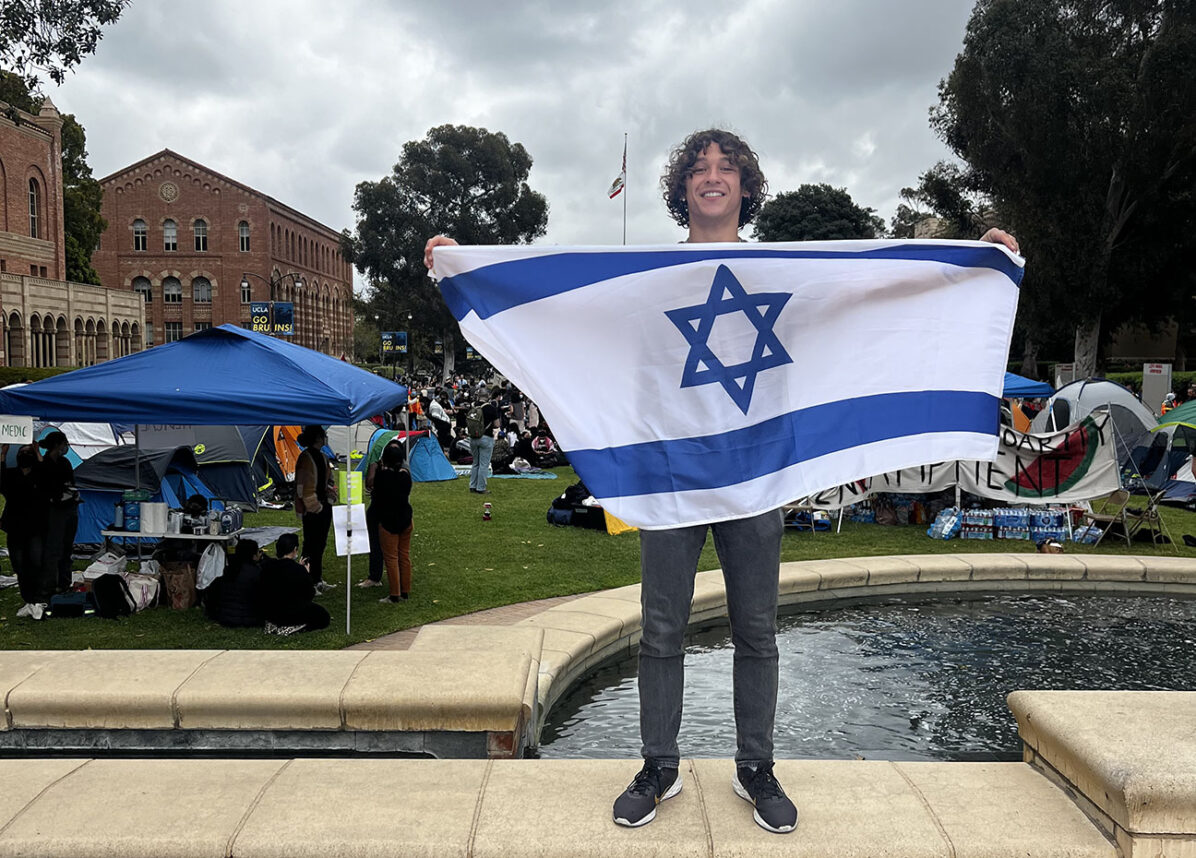

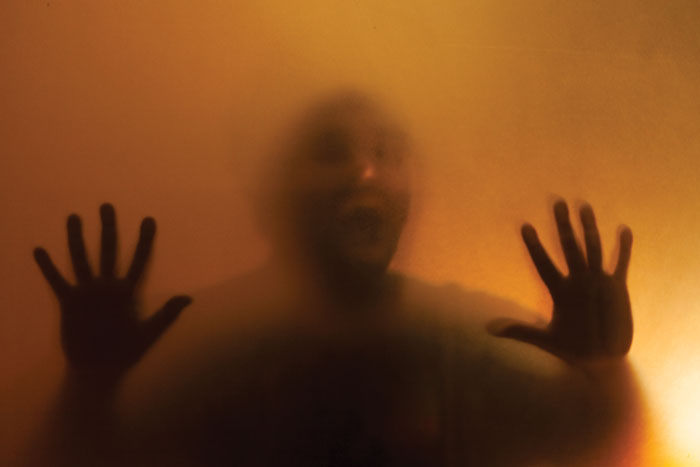


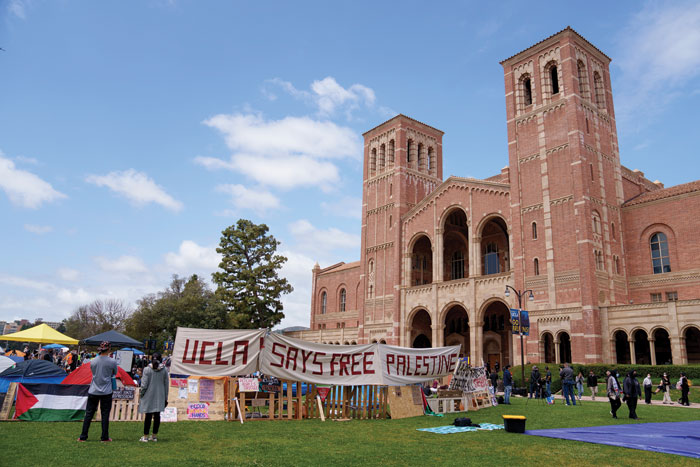



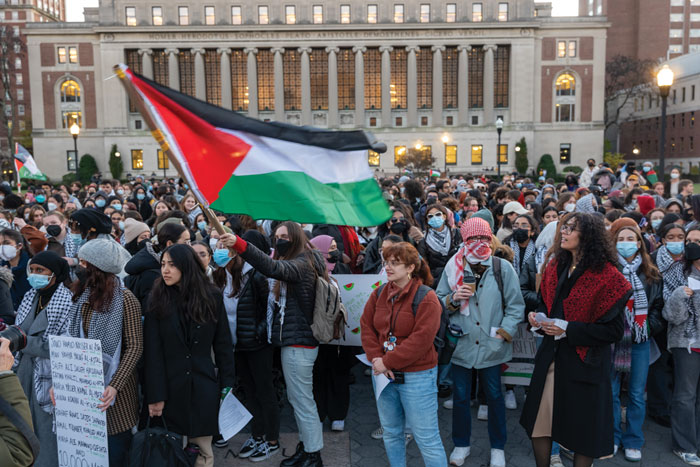
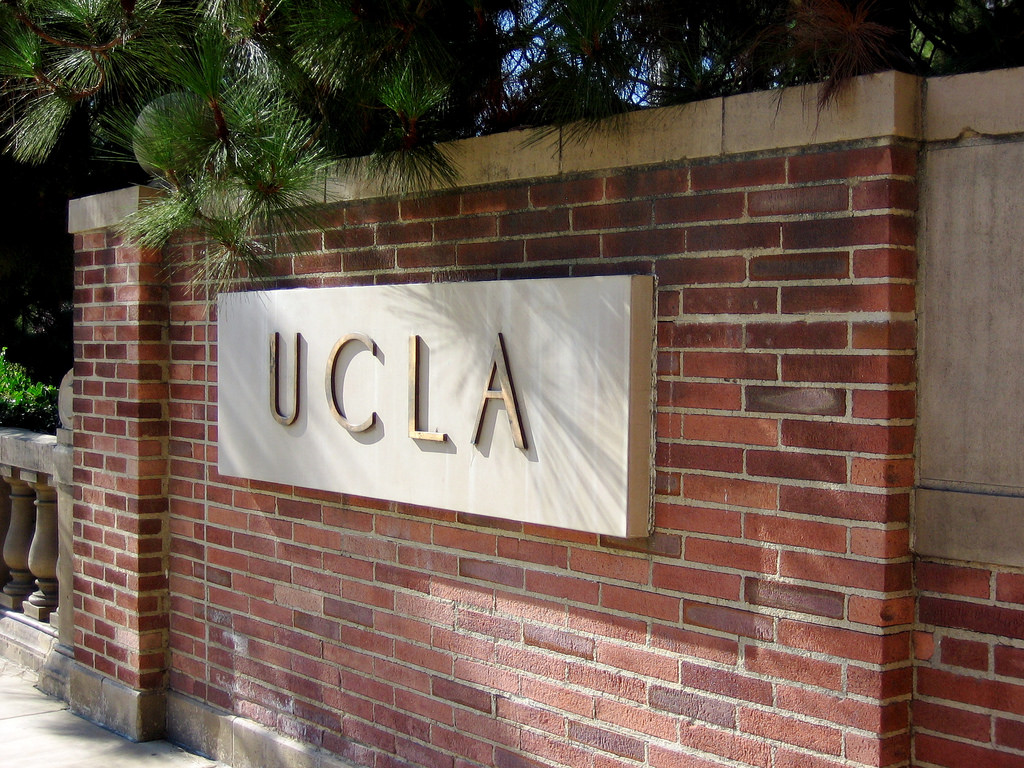





 More news and opinions than at a Shabbat dinner, right in your inbox.
More news and opinions than at a Shabbat dinner, right in your inbox.